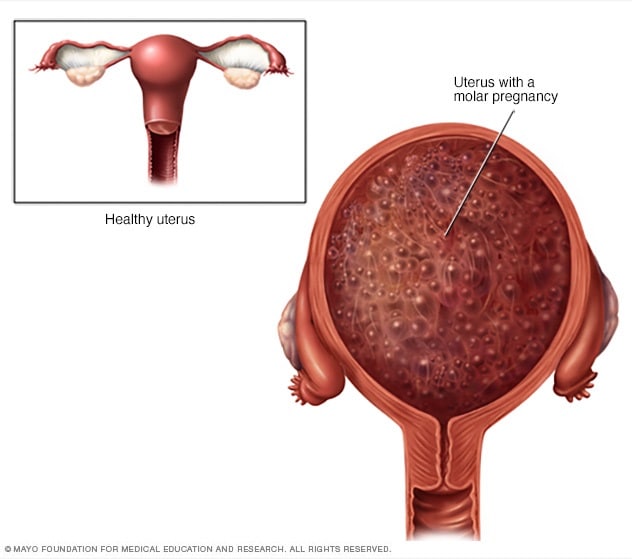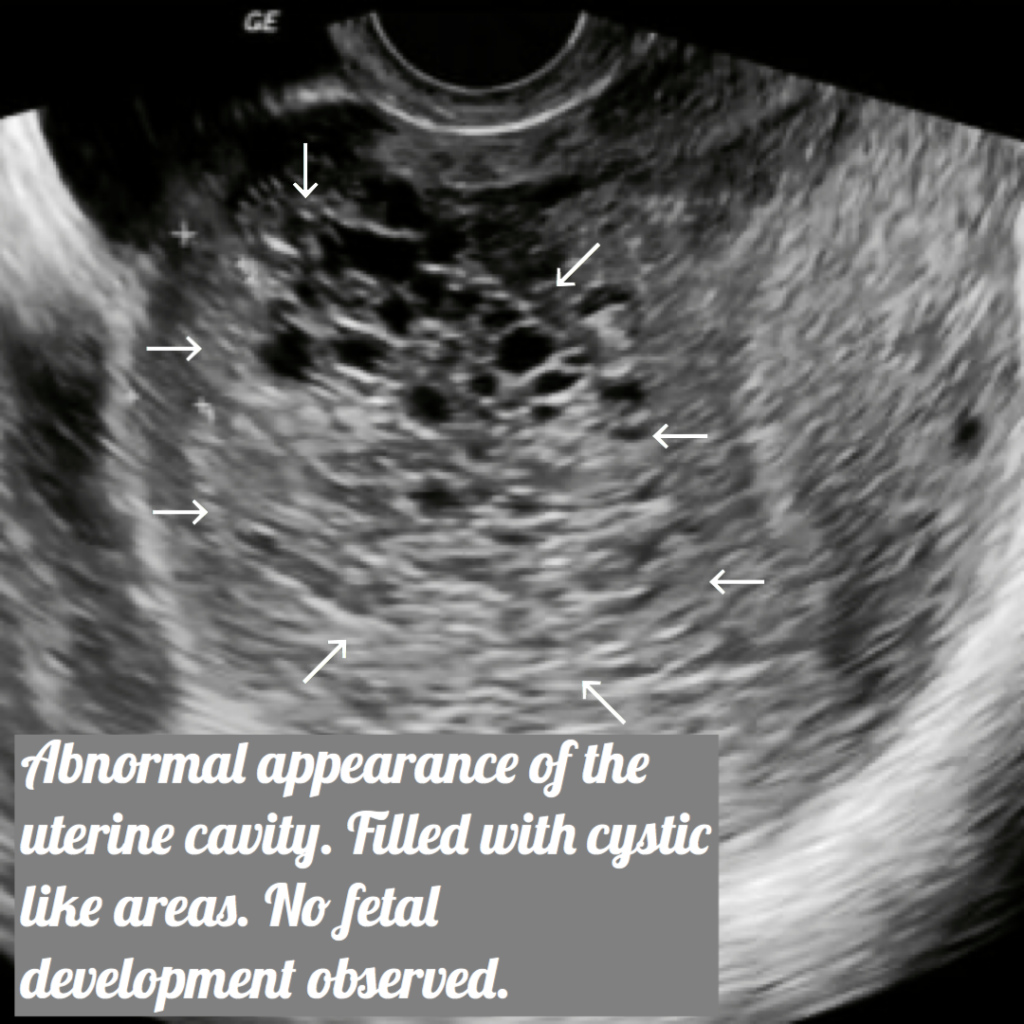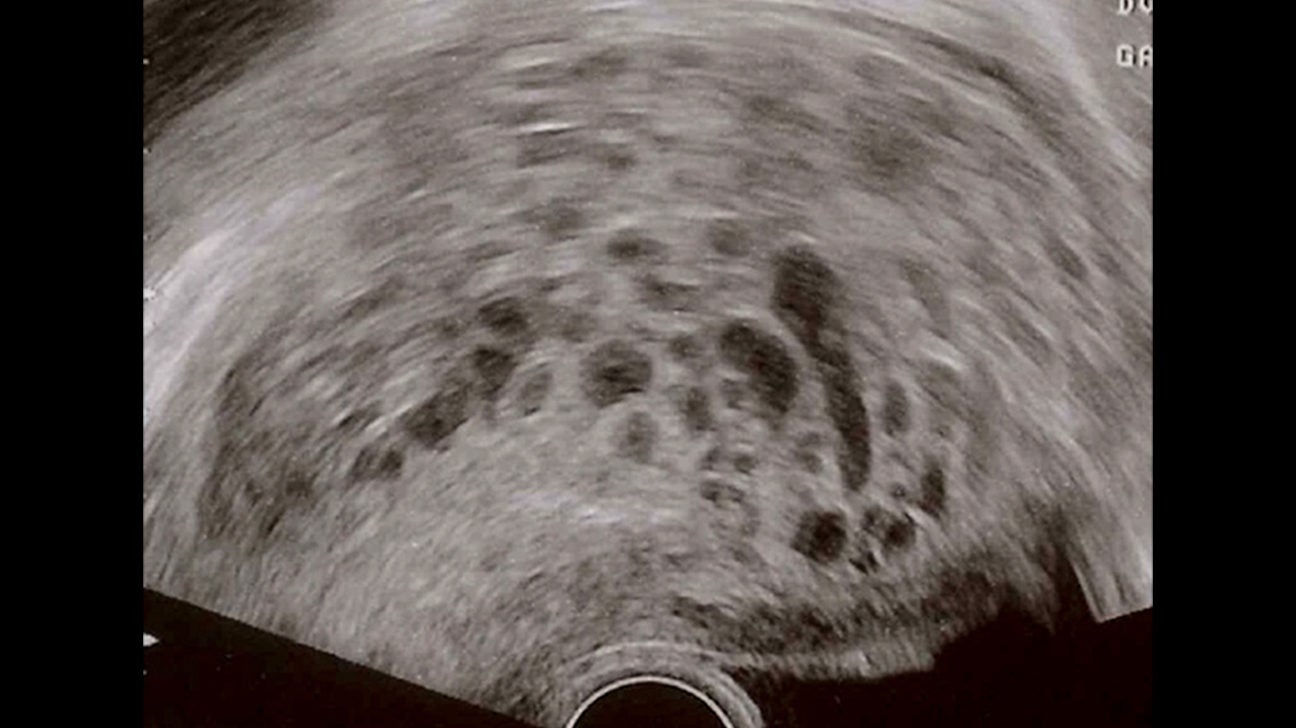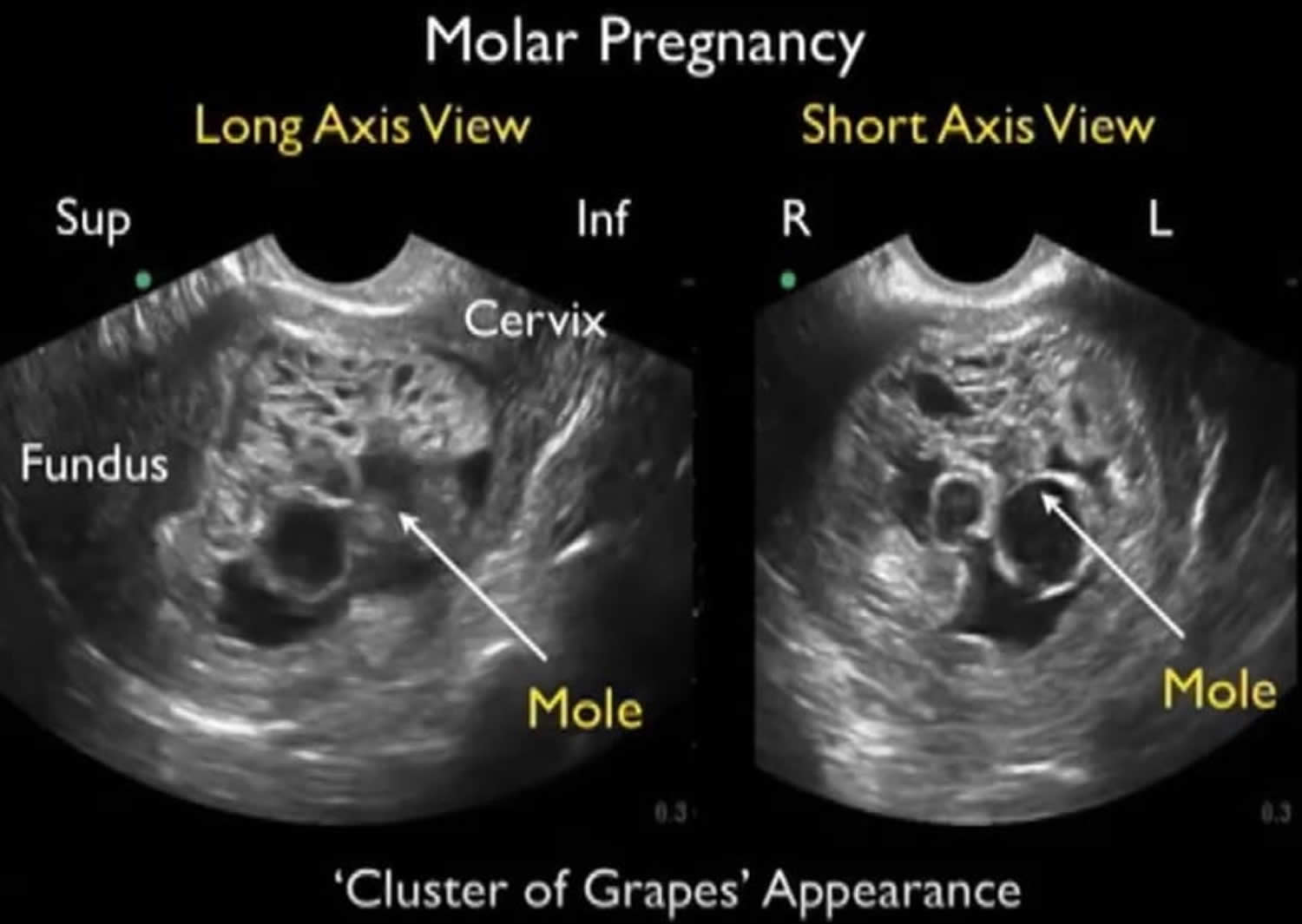Molar Pregnancy Discharge Pictures - It can look like a mass of cysts. The tumor looks like tiny. A molar pregnancy is a complication in which an abnormal mass or tumor forms inside your uterus, instead of a placenta. During a molar pregnancy, the placenta doesn't form typically. A molar pregnancy (hydatidiform mole) is when a mass of tissue grows inside your womb (uterus) that will not develop into a baby. The fetus either doesn't form or doesn't form regularly and. A molar pregnancy occurs when an egg and sperm join incorrectly at fertilization and create a noncancerous tumor.
During a molar pregnancy, the placenta doesn't form typically. The tumor looks like tiny. The fetus either doesn't form or doesn't form regularly and. It can look like a mass of cysts. A molar pregnancy (hydatidiform mole) is when a mass of tissue grows inside your womb (uterus) that will not develop into a baby. A molar pregnancy is a complication in which an abnormal mass or tumor forms inside your uterus, instead of a placenta. A molar pregnancy occurs when an egg and sperm join incorrectly at fertilization and create a noncancerous tumor.
The fetus either doesn't form or doesn't form regularly and. It can look like a mass of cysts. A molar pregnancy is a complication in which an abnormal mass or tumor forms inside your uterus, instead of a placenta. A molar pregnancy (hydatidiform mole) is when a mass of tissue grows inside your womb (uterus) that will not develop into a baby. A molar pregnancy occurs when an egg and sperm join incorrectly at fertilization and create a noncancerous tumor. During a molar pregnancy, the placenta doesn't form typically. The tumor looks like tiny.
Molar pregnancy Symptoms and causes Mayo Clinic
During a molar pregnancy, the placenta doesn't form typically. It can look like a mass of cysts. A molar pregnancy occurs when an egg and sperm join incorrectly at fertilization and create a noncancerous tumor. A molar pregnancy (hydatidiform mole) is when a mass of tissue grows inside your womb (uterus) that will not develop into a baby. A molar.
Molar pregnancy information. Ultrasound included. Ultrasoundfeminsider
A molar pregnancy occurs when an egg and sperm join incorrectly at fertilization and create a noncancerous tumor. During a molar pregnancy, the placenta doesn't form typically. It can look like a mass of cysts. The tumor looks like tiny. The fetus either doesn't form or doesn't form regularly and.
Molar Pregnancy Hydatidiform Mole Gestational Trophoblastic
During a molar pregnancy, the placenta doesn't form typically. The tumor looks like tiny. A molar pregnancy is a complication in which an abnormal mass or tumor forms inside your uterus, instead of a placenta. A molar pregnancy occurs when an egg and sperm join incorrectly at fertilization and create a noncancerous tumor. It can look like a mass of.
Molar Pregnancy Symptoms, Causes, Treatment, Pictures, and More
During a molar pregnancy, the placenta doesn't form typically. A molar pregnancy occurs when an egg and sperm join incorrectly at fertilization and create a noncancerous tumor. The tumor looks like tiny. It can look like a mass of cysts. The fetus either doesn't form or doesn't form regularly and.
Molar Pregnancy, Hydatidiform Mole Causes, Symptoms, Treatment
A molar pregnancy (hydatidiform mole) is when a mass of tissue grows inside your womb (uterus) that will not develop into a baby. During a molar pregnancy, the placenta doesn't form typically. A molar pregnancy is a complication in which an abnormal mass or tumor forms inside your uterus, instead of a placenta. A molar pregnancy occurs when an egg.
Hydatidiform mole meaning, causes, signs, symptoms, diagnosis & treatment
A molar pregnancy is a complication in which an abnormal mass or tumor forms inside your uterus, instead of a placenta. The tumor looks like tiny. It can look like a mass of cysts. A molar pregnancy occurs when an egg and sperm join incorrectly at fertilization and create a noncancerous tumor. A molar pregnancy (hydatidiform mole) is when a.
Pathophysiology Of H Mole Pregnancy
The fetus either doesn't form or doesn't form regularly and. A molar pregnancy occurs when an egg and sperm join incorrectly at fertilization and create a noncancerous tumor. A molar pregnancy is a complication in which an abnormal mass or tumor forms inside your uterus, instead of a placenta. A molar pregnancy (hydatidiform mole) is when a mass of tissue.
Brown Discharge During Pregnancy 10 Top Causes, Symptoms and Treatment
The fetus either doesn't form or doesn't form regularly and. During a molar pregnancy, the placenta doesn't form typically. A molar pregnancy is a complication in which an abnormal mass or tumor forms inside your uterus, instead of a placenta. A molar pregnancy occurs when an egg and sperm join incorrectly at fertilization and create a noncancerous tumor. The tumor.
Molar Pregnancy Symptoms Causes Treatments Optimists Healthcare
The fetus either doesn't form or doesn't form regularly and. A molar pregnancy (hydatidiform mole) is when a mass of tissue grows inside your womb (uterus) that will not develop into a baby. It can look like a mass of cysts. The tumor looks like tiny. A molar pregnancy is a complication in which an abnormal mass or tumor forms.
Molar pregnancy Symptoms, Causes, and more Lab Tests Guide
During a molar pregnancy, the placenta doesn't form typically. A molar pregnancy occurs when an egg and sperm join incorrectly at fertilization and create a noncancerous tumor. It can look like a mass of cysts. A molar pregnancy (hydatidiform mole) is when a mass of tissue grows inside your womb (uterus) that will not develop into a baby. The fetus.
It Can Look Like A Mass Of Cysts.
The fetus either doesn't form or doesn't form regularly and. During a molar pregnancy, the placenta doesn't form typically. A molar pregnancy (hydatidiform mole) is when a mass of tissue grows inside your womb (uterus) that will not develop into a baby. A molar pregnancy occurs when an egg and sperm join incorrectly at fertilization and create a noncancerous tumor.
The Tumor Looks Like Tiny.
A molar pregnancy is a complication in which an abnormal mass or tumor forms inside your uterus, instead of a placenta.









